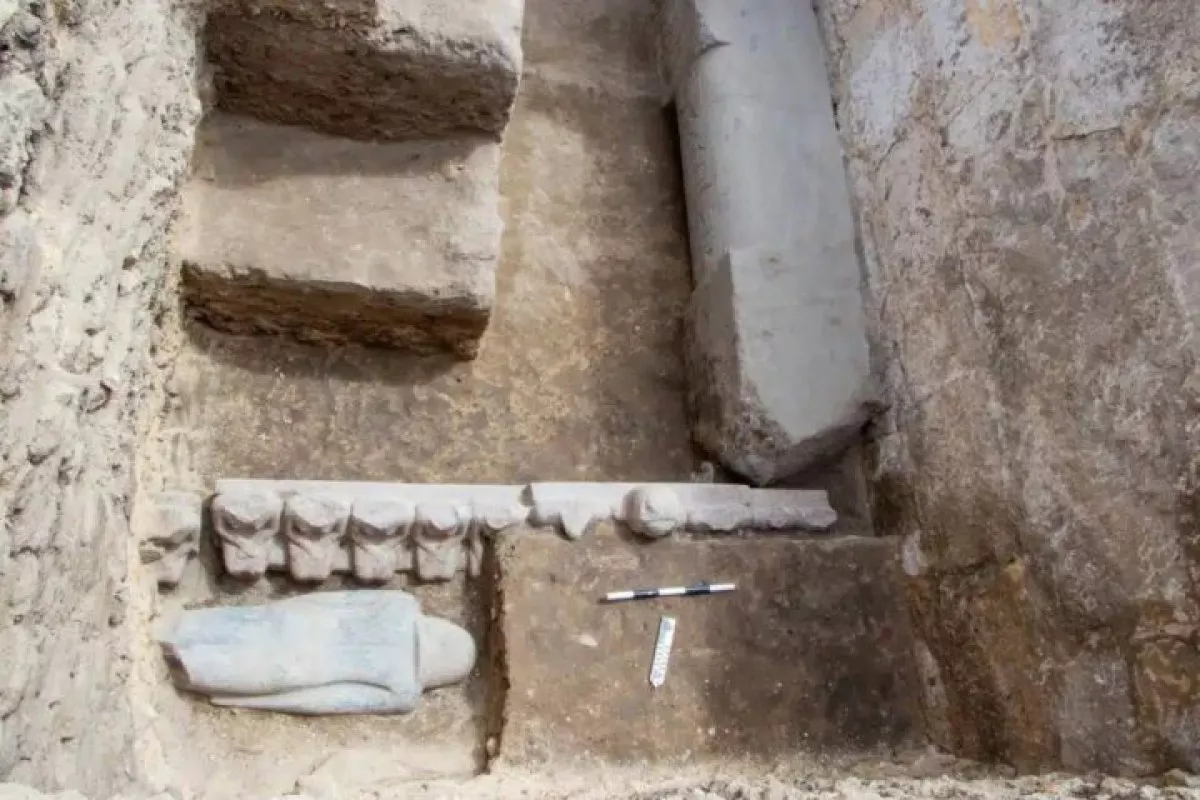
Archaeologists made an important discovery in the Saqqara region of Egypt. This was reported by Upl.uz.
During excavations in this area located south of Cairo, the tomb of a person named Woserib was found. According to historians, he was the son of Userkaf, the ruler of the Fifth Dynasty of ancient Egypt.
This discovery is of great significance to scholars, allowing for a better understanding of the history and culture of that era. Inside the tomb, researchers identified a unique and astonishing artifact – a false door made of pink granite.
Its height is approximately five meters, making it one of the largest such artifacts found in this area. According to the beliefs of the ancient Egyptians, the false door serves as a passage for the spirit of the deceased, symbolically representing the transition of that spirit to the afterlife.
The tomb also contained statues of Pharaoh Djoser, his wife, and ten of his daughters. Research has shown that these statues were originally located near the nearby Djoser pyramid but were later moved to the tomb of Woserib for unknown reasons.
Saqqara is part of the necropolis of Memphis, the ancient capital of Egypt. This area is famous for its ancient stepped Djoser pyramid, which is among the first pyramids in human history.
These findings greatly assist in uncovering important pages of Egypt's history.







